Nepalese and Japanese Food Culture
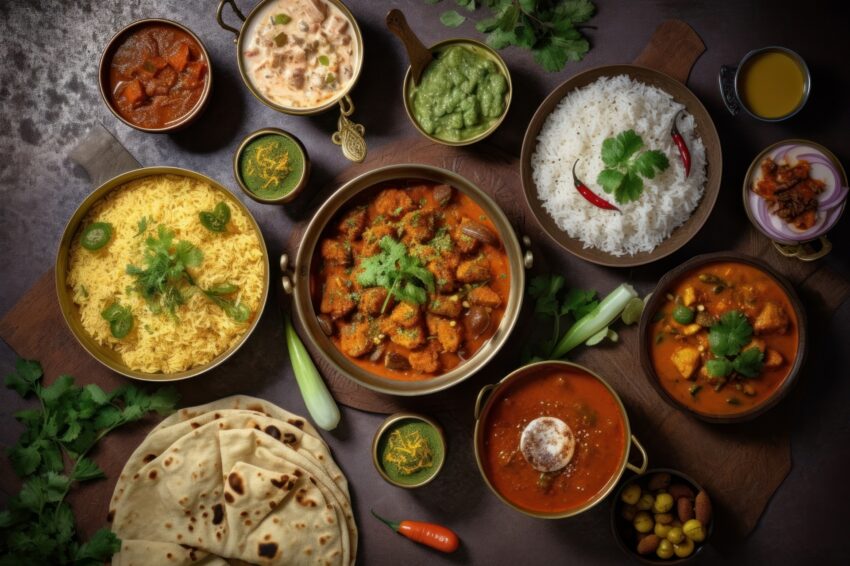
Hello, I am Sabina Maharjan from Nepal. I have been living here in Japan since 2019. I came here with my 6 months old son. At first when I came to Japan I only had fear but as the time passed on I was able to overcome my fear and risen up my confidence. I realized that my fear was due to my own language barrier with zero level of Japanese language. Now I would like to share some of my personal experiences of two different countries food.
There are a lot of restaurants across Japan. Food lovers would definitely love it to give their taste buds something unique flavor.
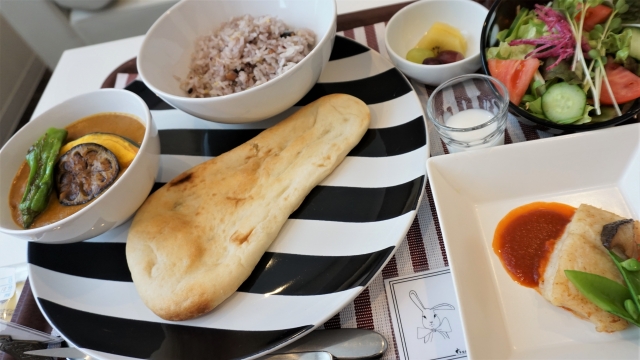
Photo by おこめっこ
Curry (Nepal) & Curry (Japan)
For me it was not so easy to go around and try different taste of Japanese food. As you can see from the picture above there is vast different in Nepalese food and Japanese food although rice is the main dish. The ingredients used for cooking curry are same but the process and use of spices are very different.
Not only that, I am also a vegetarian but one best part of me is that I love cooking so I usually cook various cuisine at my kitchen and enjoy sharing with my family and friends. I have tried some of the Japanese foods like dorayaki, udon, miso soup, ramen and some sweets & bread.
WO (Lentils pancake of Nepal) & Dorayaki (beans pancake of Japan)
WO is made from various types of lentils but most popular one is made from black lentils (Maas daal) and green lentils (Moong Daal). This is one of my favorite because it’s healthy and quick to prepare. It is mostly prepared in every festival and occasion in our community when we invite our guest and relatives at our home.
You can also enjoy different flavor of Wo by adding some different ingredients like, coriander leaves, asparagus, chopped onions, meat that you like, eggs, chopped green chilies, and so on. Plain Wo without any of these ingredients also taste delicious.
I have also eaten Dorayaki many times here in japan. It’s soft, sweet and healthy Japanese pan cake. My kids love to eat it. Actually it is loved by all gender of all ages. You can buy Dorayaki in all convenience store, Seiyu, Donki and other local Japanese sweets shop. It is also reasonable when you think of its cost. But I haven’t tried to cook Dorayaki in my kitchen. I want to try it in my kitchen too.
Tea (in Nepal) and Tea (in Japan)
The word tea sounds so simple but do you fine it friendly too? For me it is yes. Actually to honor our guest we serve them with tea. Tea is the medium to start up your chatting and sharing of ideas too. But now a day, people are more concerned about their health and they drink tea of different flavors.
Such as, black tea with various spices and herbs without sugar and also milk tea with various spices and herbs without sugar. It is said that sugar strictly kills the original taste of tea and also not good for your health as well. They add spices like cloves, black pepper, cardamom, ginger, bay leaf, cinnamon, etc. We can also add some herbs like basils, mint, saffron, lavender, rose marry, lemon grass, dill, etc.
It’s a culture in Japan that when you go to any restaurant and order dinner then you will be served your dinner along with green tea. Even when you go at someone’s house, they will welcome you with some green tea. It’s not only culture but also respect to someone (guest). Green tea has numerous health benefits. Such as, burns fats, increases metabolism, helps lowering blood sugar, prevent heart diseases, boost up immunity, and many more. I personally love drinking green tea because of its health benefits and its taste (mouth watering).
Lastly I want to say that wherever you go try to understand the nature of there. Adopt yourself with the change in environment not only seasons. Understand the living and culture where you are. Always make yourself easy, comfortable and visionary. “Laughter is the brightest in the place where food is good” by Irish proverb.
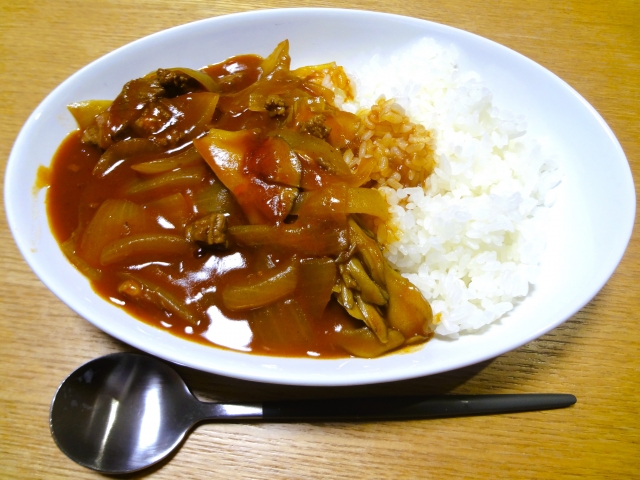
Photo by リュウキ
Photo Credits:
Additional Photos by リュウキ & おこめっこ
All other content (text) created by the original author and © 2023 MUSUBI by Borderlink
RELATED
-
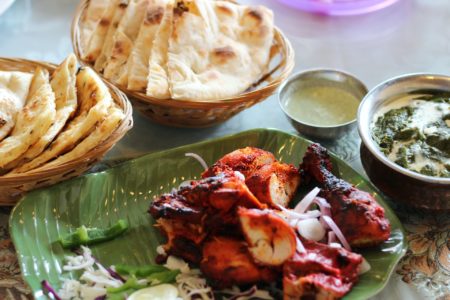
The Best Indian Food in Yamanashi
Top Photo: Esperanza Doronila on Unsplash The quiet, rural prefecture of Yamanashi is known for its fruit and… -
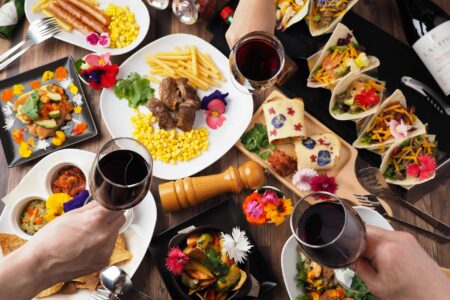
A Taste of Mexico in Osaka
Previously on MUSUBI, we shared where to get some great authentic tacos in Tokyo. But what about Japan’s… -

Authentic Dining: Halal Eateries with Actual Japanese Food
Top Image: Photo by Sigmund on Unsplash For those that live a mostly halal lifestyle, it can be challenging at…
PEOPLE

Sabina Maharjan
From Nepal
Has experienced Japan for 4 years. This is my 2nd year as an ALT in Japan and first year with Borderlink!


